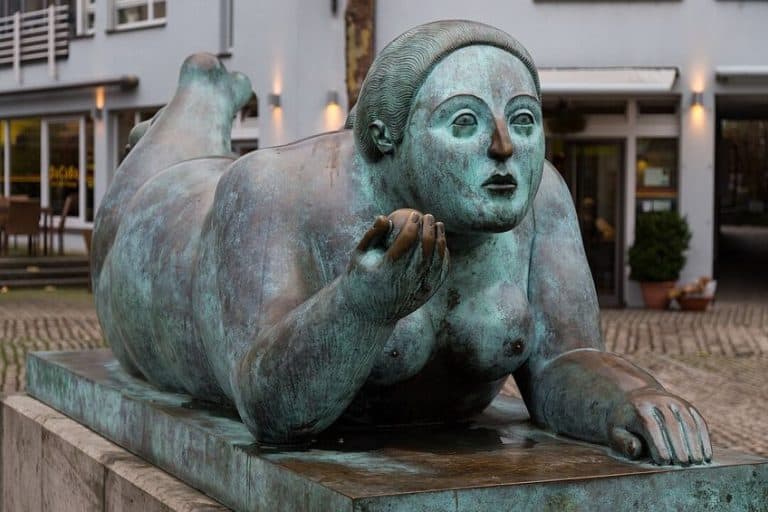Betye Saar – Exploring Race, Identity, and Spirituality in Art
Betye Saar is a pioneering American artist whose work spans decades and encompasses themes of race, identity, and spirituality. Born in 1926 in Los Angeles, Saar emerged as a prominent figure in the Black Arts Movement of the 1960s and 1970s, challenging stereotypes and addressing social issues through assemblage art, installations, and mixed media. Her powerful and thought-provoking pieces often incorporate found objects, vintage photographs, and symbolism, inviting viewers to explore complex narratives of history and culture. With a career marked by innovation and activism, Betye Saar continues to inspire and provoke dialogue in the contemporary art world.
Key Takeaways
- Betye Saar is renowned for her assemblage art that addresses themes of race, spirituality, and gender.
- Her work gained prominence in the 1970s, highlighting her role in the Black Arts Movement and using art as social commentary.
- Saar’s enduring influence is evident in contemporary art, with active engagement in the field to this day.
Early Life and Education
| Birth | July 30, 1926 |
| Death | Present |
| Place of Birth | Los Angeles, California, United States |
| Genre of Work | Assemblage, Mixed media, and Installation art |
Betye Saar is an influential African American artist whose career spans decades, with pivotal contributions to the art world that include pioneering the medium of assemblage. Born on July 30, 1926, in Los Angeles, California, Betye Saar has become a beacon in the art community, known for her compelling work that explores themes of spirituality, history, and identity. Through her assemblages that skillfully combine found objects with printmaking techniques, Saar’s work transcends mere artistic expression, offering poignant commentary on social issues, particularly relating to race and femininity.
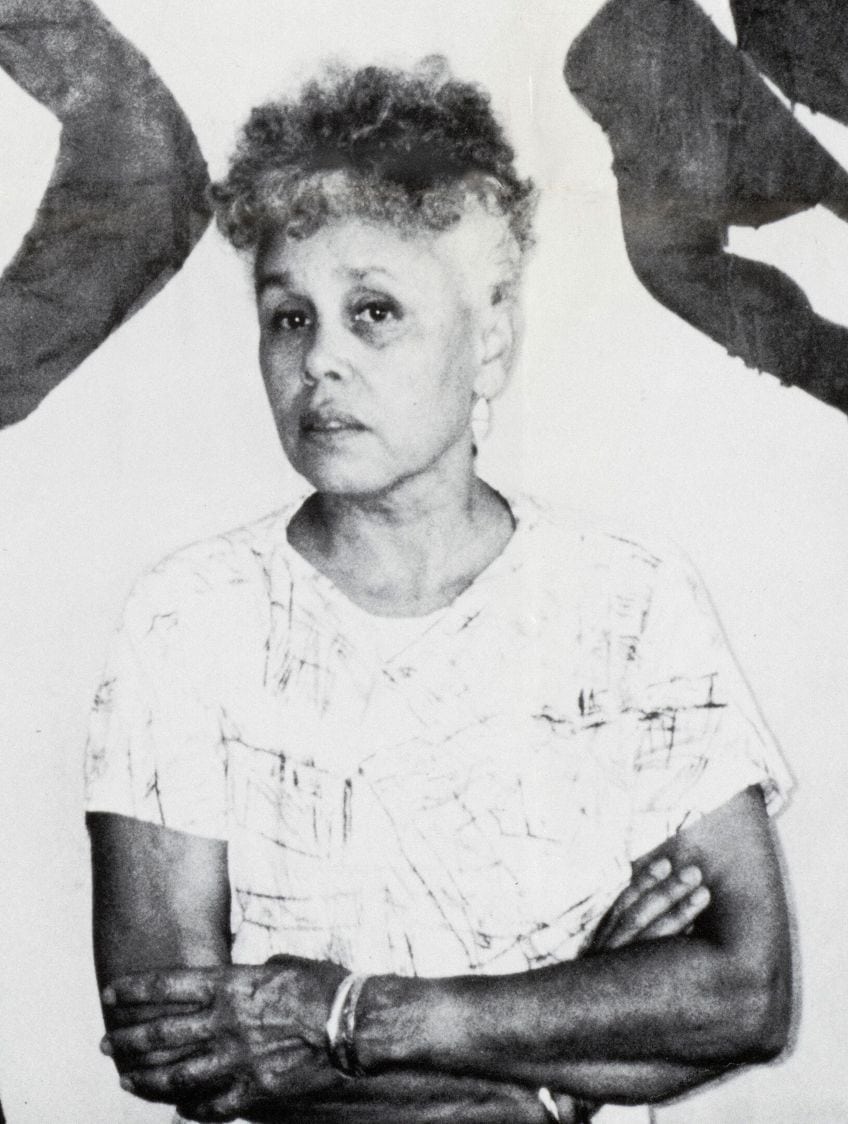
Her distinct style emerged during the transformative era of the 1970s, where Saar became an integral voice in the Black Arts Movement. By using art as a vehicle for activism, Saar’s assemblages critique racist stereotypes and explore the African American experience. Her educational background in design and printmaking laid the foundation for her rich career, and she has been celebrated for her extensive exhibit history and lasting impact on contemporary art.
Despite the passing years, Betye Saar continues to engage audiences with her evocative work, cementing her legacy as a fearless and creative force within the artistic community.
Origins in Los Angeles
Born on July 30, 1926, Betye Irene Brown was welcomed into the world by her parents, Jefferson Maze Brown and Beatrice Lillian Parson, in Los Angeles, California. Her early experiences in this culturally dynamic city set the stage for her later work. Tragically, she lost her father at the age of five, which led to a family relocation to Pasadena.
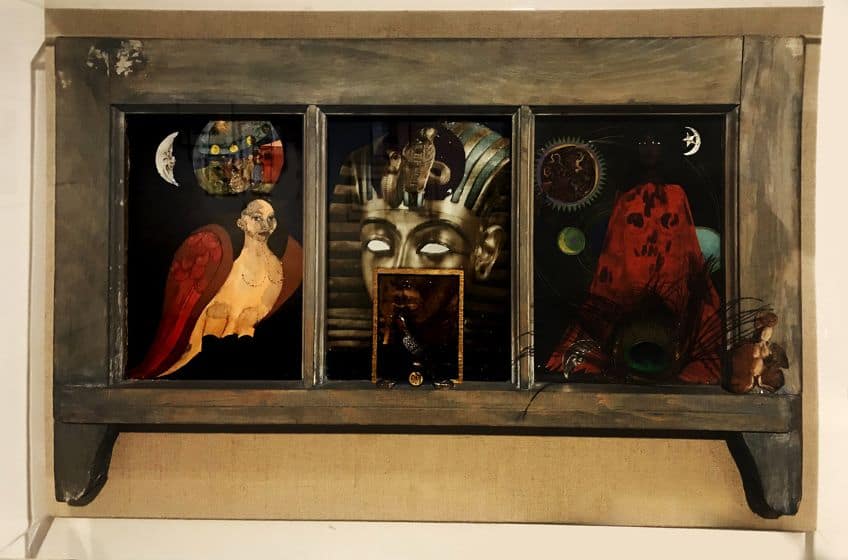
University of California and Pasadena City College
Betye Saar’s educational path saw her receiving a degree in design from the University of California, Los Angeles (UCLA) in 1949, where she also minored in sociology—an influence noticeable in her later assemblages addressing racial stereotypes.
Furthering her education, Saar studied at Pasadena City College, enhancing her artistic skills and knowledge.
Artistic Style and Influences
Betye Saar’s artistry is viewed through the lens of her distinctive assemblage techniques, deep spiritual influences, and deep ties to African American culture and history that inform her expressive narrative.
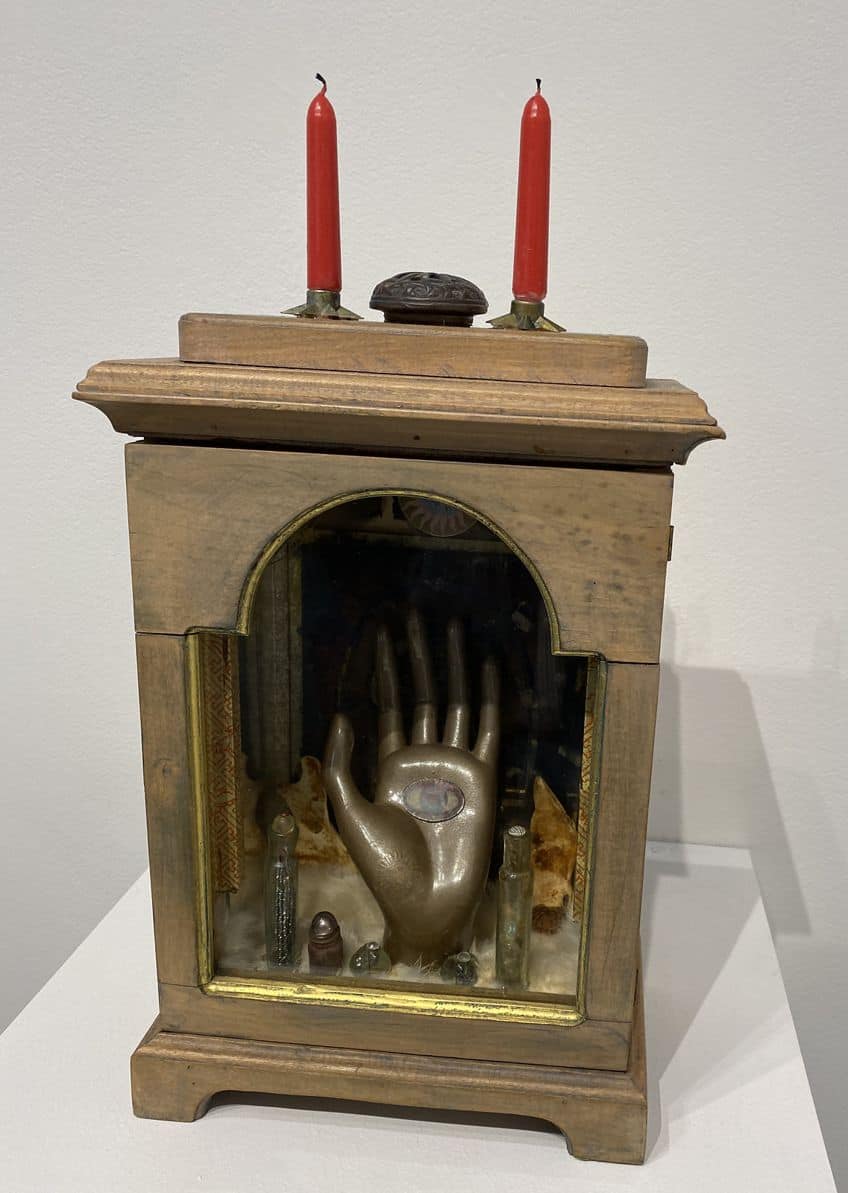
Assemblage Technique
Betye Saar’s signature assemblage art combines found objects into new, layered narratives. This technique reflects her skillful design vision, transforming everyday items into profound artistic statements.
Each piece she creates is a material meditation on life, where worn and discarded remnants of consumer culture are repurposed to forge powerful visual dialogues.
Influence of Joseph Cornell and Mysticism
The works of Joseph Cornell deeply impacted Saar’s approach to art. His practice of arranging found objects into box assemblages inspired her to adopt and evolve this form. Additionally, her art interweaves elements of the mystical and spiritual, often incorporating symbols and ritual artifacts from various cultures. These mystical influences are essential to understanding the layers of meaning in her assemblages.

African American Culture and Historical Perspective
Saar’s reflections on African American culture and history are a consistent theme in her oeuvre. She addresses racial stereotypes head-on, repurposing them to challenge negative perceptions and celebrate African heritage. Her work during the Black Arts Movement of the 1970s engaged with myths and stereotypes, focusing on gender as well as racial identity.
She uses these to craft a narrative of empowerment through her printmaking and assemblage artwork.
Notable Works and Exhibitions
Betye Saar’s impactful career is marked by poignant artworks and significant exhibitions that challenge racial stereotypes and explore African American identity. Among her most influential works are Black Girl’s Window and The Liberation of Aunt Jemima, both of which speak volumes about her place in contemporary art.
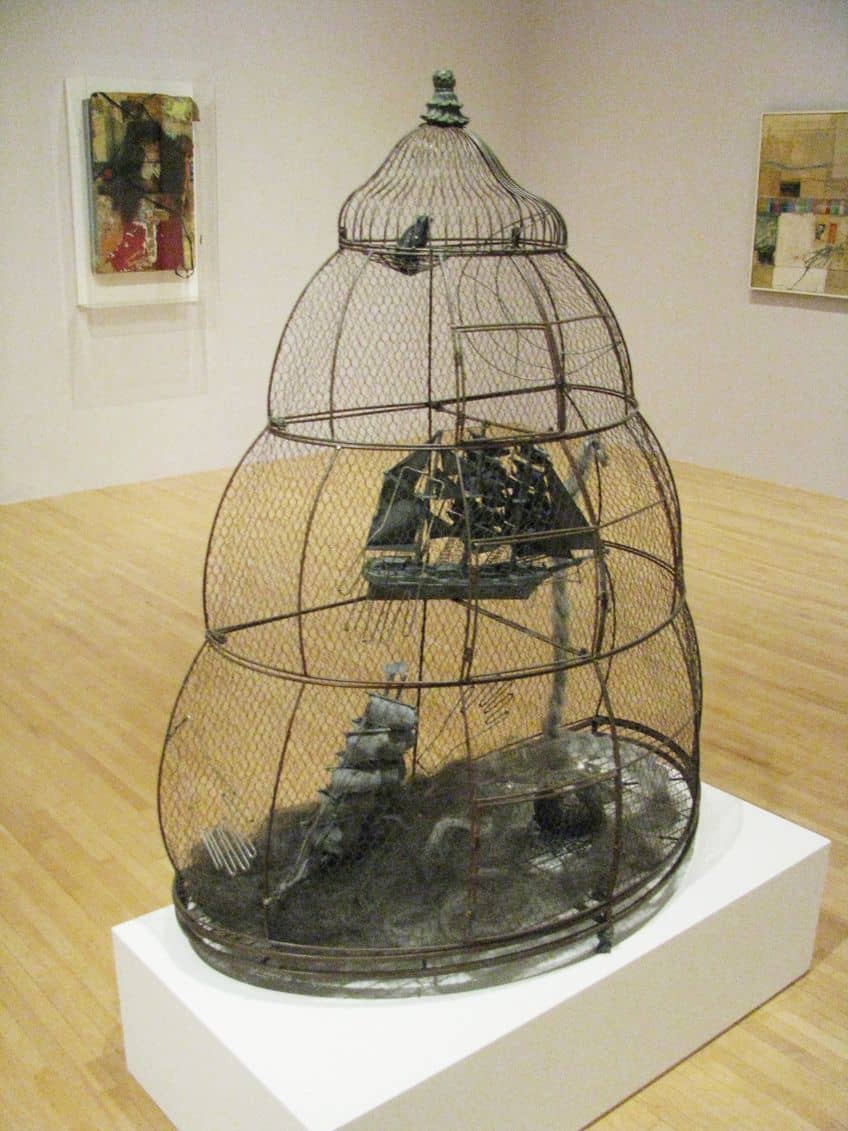
Black Girl’s Window (1969)
| Date | 1969 |
| Medium | Wooden window frame with paint, cut-and-pasted printed andpainted papers, daguerreotype, lenticular print, and plastic figurine |
| Dimensions (cm) | 90.8 x 45.7 x 3.8 |
| Location | The Museum of Modern Art, New York City, United States |
Black Girl’s Window, created in 1969, is often considered Betye Saar’s breakthrough piece. As an assemblage artwork, it features a window frame with an arrangement of images and objects, including a silhouette of a girl and symbols of astrology and mysticism. The artwork’s layered symbolism illuminates the complexities of race, gender, and spirituality.
This piece was notably exhibited at The Museum of Modern Art (MoMA), highlighting its critical acclaim.
The Liberation of Aunt Jemima (1972)
| Date | 1972 |
| Medium | Found objects and mixed media |
| Dimensions (cm) | 29.85 x 20.32 x 6.985 |
| Location | Berkeley Art Museum and Pacific Film Archive, California, United States |
In The Liberation of Aunt Jemima, Saar transforms a derogatory commercial stereotype into a symbol of empowerment. This mixed-media assemblage from 1972 features the figure of Aunt Jemima armed with a grenade and a rifle, redefining the narrative of Black women in America.
This work has become an iconic representation of the Black Arts Movement and was instrumental in establishing Saar’s reputation as a preeminent American artist.
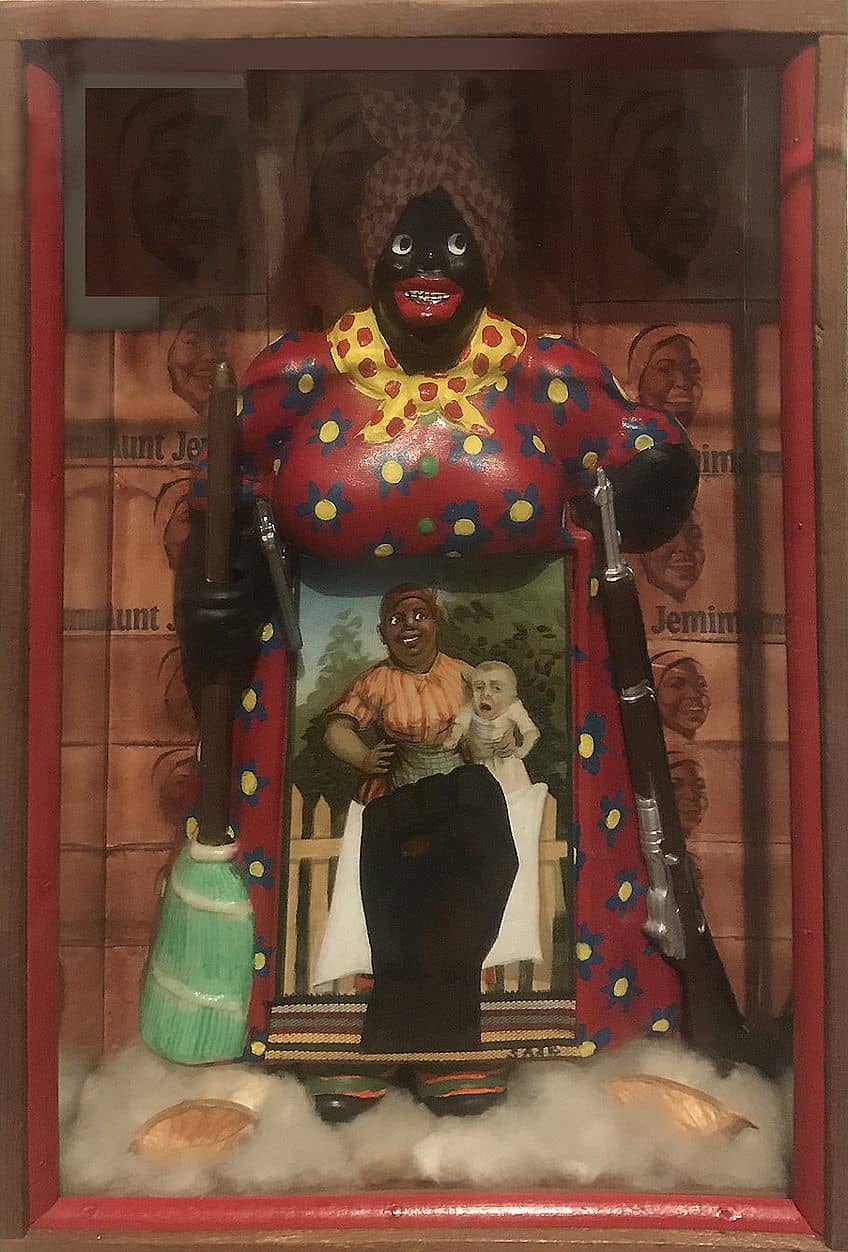
Other Key Artworks
Beyond these seminal pieces, Saar’s portfolio includes a range of powerful assemblages. Notable among these are:
- Mississippi Goddam (1971)
- I’ll Bend, But I Will Not Break (1998)
- A Loss of Innocence (1998)
These artworks and many others have been featured in various exhibitions, both solo and collective, across prestigious art institutions.
Saar’s work continues to be showcased in galleries and museums such as Roberts Projects and MoMA, cementing her legacy as an influential figure in the art world.
Legacy and Impact on Contemporary Art
Betye Saar has left an indelible mark on contemporary art, shaping its discourse with her assemblage pieces that intertwine history, race, and culture. Her work remains a critical touchstone for artists seeking to explore similar themes.

Influencing Future Generations
Saar’s role as a pioneering figure in assemblage art continues to influence a wide array of contemporary artists. By incorporating a mix of found objects, personal memorabilia, and cultural symbols, Saar paved the way for future generations to explore the artistic potential of everyday items.
Her teaching career also contributed significantly to nurturing young minds passionate about art that is both political and personal.
Boldly confronting racial stereotypes, Betye Saar’s art has created new spaces for Black representation in the art world. Utilizing her platform, she challenged the prejudices and racism prevalent in society by turning derogatory imagery on its head to empower Black identity. This approach forged a connection between cultural practices and political expression, recontextualizing female and racial experiences in a space traditionally dominated by other narratives. Her impact is not just visual; it is deeply rooted in the ongoing struggle against racism and the push for political change.
Betye Saar Today
Betye Saar remains an influential figure in the contemporary art world. As of the late 2020s, she continues to be active and is recognized for her profound contributions that interweave history, culture, and spirituality. Saar’s work is known for its exploration of African American identity and the complexities of race and gender.
The Museum of Modern Art (MoMA) in Manhattan exhibits Saar’s work, where time is depicted as cyclical, engaging viewers with the lived experiences and histories of generations past. A site-specific installation, Drifting Toward Twilight, commissioned by The Huntington, is on display, featuring a 17-foot-long vintage wooden canoe and an array of found objects. It is set to be exhibited through November 30, 2025.
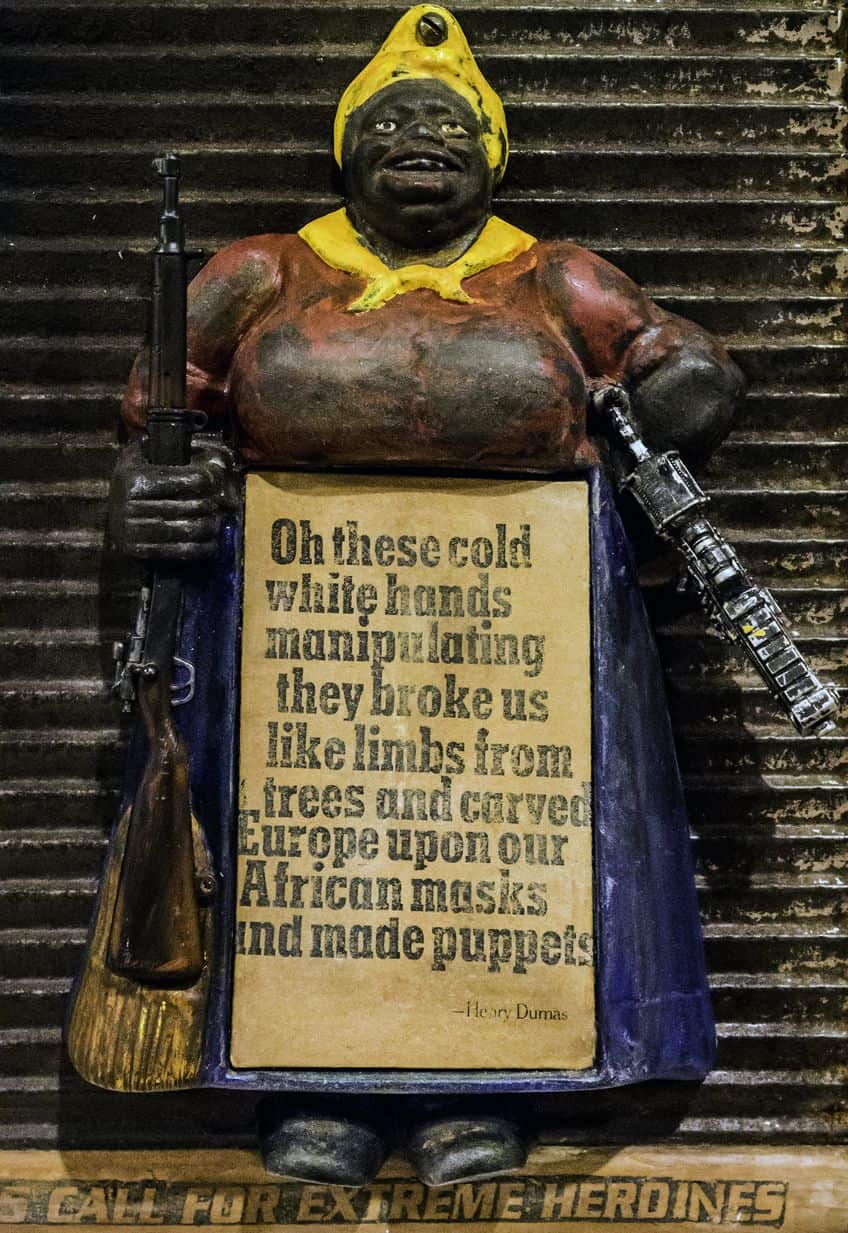
Saar’s practice involves the usage of found objects to create pieces that often have a mystical quality and evoke emotional responses related to African American history and personal narratives. Saar has been the subject of recent articles, including one from The New York Times, highlighting her enduring creativity and her ability to connect her work with broader historical contexts and personal experiences.
Even in her advanced years, Saar’s artistic output remains robust. Her pieces continue to be celebrated for their ability to address social issues while also examining personal and universal themes through a lens of visual storytelling.
Betye Saar’s artistic legacy is a testament to her vision, creativity, and commitment to addressing important social and cultural issues. Through her diverse and evocative body of work, Saar has challenged conventions, sparked conversations, and shed light on the complexities of race, identity, and history. Her contributions to the art world extend beyond her innovative techniques and powerful imagery; they serve as a call to action, encouraging viewers to engage critically with the world around them. Betye Saar’s influence resonates deeply in contemporary art, leaving an indelible mark on generations to come.
Frequently Asked Questions
What Is Betye Saar Best Known for in the Art World?
Betye Saar is renowned for her assemblages that challenge racial stereotypes and explore themes related to African American identity, gender, and spirituality. Her seminal work, The Liberation of Aunt Jemima, is particularly recognized for its powerful use of racialized iconography.
How Does Betye Saar Integrate Her Family History into Her Artwork?
Saar’s artwork often weaves in elements of her mixed African-American, Irish, and Native-American heritage, exemplifying a personal narrative that reflects broader historical and cultural dialogues.
In What Way Did Assemblage Art Become Significant in Betye Saar’s Practice?
Assemblage art became a key medium for Saar, allowing her to create potent narrative works from found objects. The transformation of these objects into art is emblematic of her intention to reconceptualize African American narratives and identities.
How Has Betye Saar’s Work Influenced Contemporary Art?
Saar’s work has been influential in contemporary art both for its pioneering use of assemblage to address social and political issues and for inspiring generations of artists to explore identity and cultural heritage in their work. She stands as a critical figure in the redefinition of African American art in the contemporary context.
Isabella studied at the University of Cape Town in South Africa and graduated with a Bachelor of Arts majoring in English Literature & Language and Psychology. Throughout her undergraduate years, she took Art History as an additional subject and absolutely loved it. Building on from her art history knowledge that began in high school, art has always been a particular area of fascination for her. From learning about artworks previously unknown to her, or sharpening her existing understanding of specific works, the ability to continue learning within this interesting sphere excites her greatly.
Her focal points of interest in art history encompass profiling specific artists and art movements, as it is these areas where she is able to really dig deep into the rich narrative of the art world. Additionally, she particularly enjoys exploring the different artistic styles of the 20th century, as well as the important impact that female artists have had on the development of art history.
Learn more about Isabella Meyer and the Art in Context Team.
Cite this Article
Isabella, Meyer, “Betye Saar – Exploring Race, Identity, and Spirituality in Art.” Art in Context. April 22, 2024. URL: https://artincontext.org/betye-saar/
Meyer, I. (2024, 22 April). Betye Saar – Exploring Race, Identity, and Spirituality in Art. Art in Context. https://artincontext.org/betye-saar/
Meyer, Isabella. “Betye Saar – Exploring Race, Identity, and Spirituality in Art.” Art in Context, April 22, 2024. https://artincontext.org/betye-saar/.






